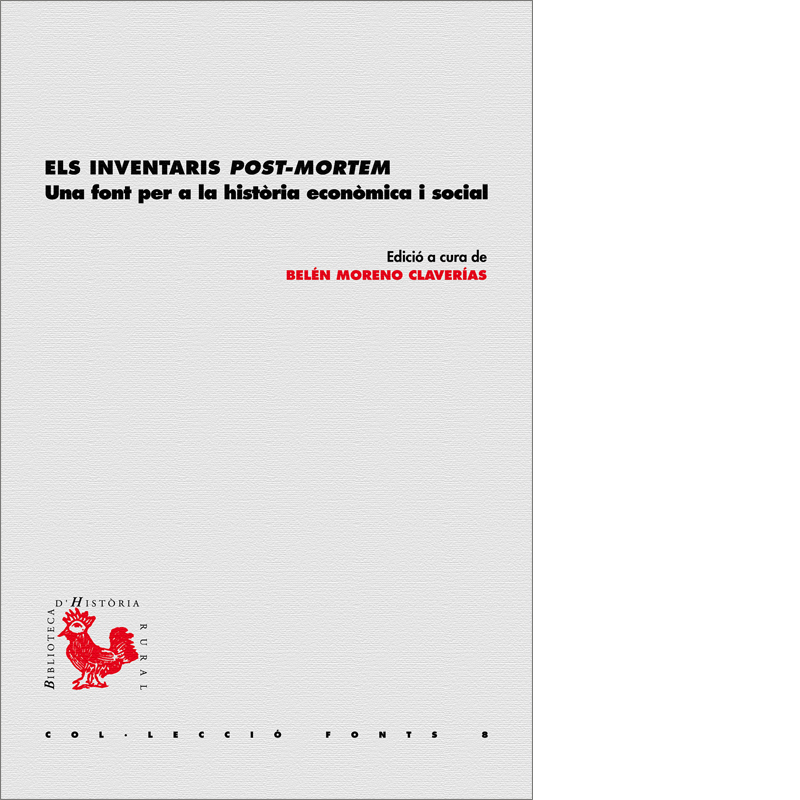Description
The post-mortem inventory can be defined as a list made before a notary of all the assets -furniture, real estate and rents- that made up the inheritance of a deceased. Although they had been used as a source for the analysis of some aspects related to economic and social history in the 1970s, they experienced an unprecedented boost in the 1980s and 1990s, when they showed their advantages to analyze the transformations of previous consumption patterns. and parallel to industrialization. To analyze the weight that the changes in the demand - the fashions, the tastes, the behaviors of the consumers - could have in the transformation -Modernization, if you want- of the economic or social orders, the post-mortem inventories have an importance fundamental. There is no other source that allows to see the homes, the commercial establishments or the artisan shops inside, that enumerate and describe the objects that were in their interior and the real estate and income that configured the family patrimonies.
The texts in this volume critically analyze this source and present the results of some research carried out through its use. They show the extraordinary richness of information from the inventories, as well as some of their weak points that vary according to the place and time they were written. It is convenient, at least, to approach this source to all those who still do not know it and explore its infinite possibilities to researchers who want to enrich or complete the results of their searches.


